Aging Population
The increasing aging population is a primary driver of the Longevity Market. As life expectancy rises, the demand for products and services that cater to older adults intensifies. According to recent data, the number of individuals aged 65 and older is projected to reach 1.5 billion by 2050. This demographic shift necessitates innovations in healthcare, nutrition, and wellness, thereby propelling the Longevity Market forward. Companies are increasingly focusing on age-related health issues, leading to a surge in research and development aimed at enhancing the quality of life for seniors. This trend indicates a robust market potential, as businesses seek to address the unique needs of an aging populace, ultimately shaping the future landscape of the Longevity Market.
Technological Innovations
Technological innovations are driving transformation within the Longevity Market. The integration of artificial intelligence, wearable health devices, and telemedicine is revolutionizing how individuals monitor and manage their health. For instance, the wearable technology market is expected to surpass 60 billion by 2025, indicating a strong consumer interest in health tracking. These technologies not only empower individuals to take charge of their health but also facilitate personalized health solutions that cater to specific longevity goals. As technology continues to advance, it is anticipated that the Longevity Market will witness an influx of innovative products and services designed to enhance the aging experience.
Preventive Healthcare Focus
The shift towards preventive healthcare is reshaping the Longevity Market. Consumers are becoming more proactive about their health, seeking solutions that prevent illness rather than merely treating it. This trend is evidenced by the increasing popularity of wellness programs, health screenings, and nutritional supplements. The preventive healthcare market is projected to grow significantly, with estimates suggesting it could reach 4 trillion by 2026. This growing emphasis on prevention aligns with the goals of the Longevity Market, as it encourages the development of products and services that promote long-term health and well-being. Consequently, businesses that prioritize preventive measures are likely to thrive in this evolving landscape.
Rising Health Consciousness
Rising health consciousness among consumers is a pivotal driver of the Longevity Market. Individuals are increasingly aware of the impact of lifestyle choices on their longevity, leading to a surge in demand for health-oriented products and services. This trend is reflected in the growing market for organic foods, fitness programs, and mental wellness solutions. The health and wellness market is projected to reach 4.2 trillion by 2026, underscoring the shift towards healthier living. As consumers prioritize their well-being, businesses within the Longevity Market are likely to adapt by offering solutions that align with this health-conscious mindset, ultimately fostering a culture of longevity.
Advancements in Biotechnology
Advancements in biotechnology are significantly influencing the Longevity Market. Innovations such as gene therapy, regenerative medicine, and personalized medicine are paving the way for new treatments that target age-related diseases. The Longevity Market is expected to reach approximately 727 billion by 2025, reflecting the growing investment in research and development. These advancements not only enhance the understanding of aging processes but also provide solutions that could extend healthy lifespan. As biotechnology continues to evolve, it is likely to create new opportunities within the Longevity Market, attracting both investors and consumers who are increasingly interested in longevity-enhancing products and services.



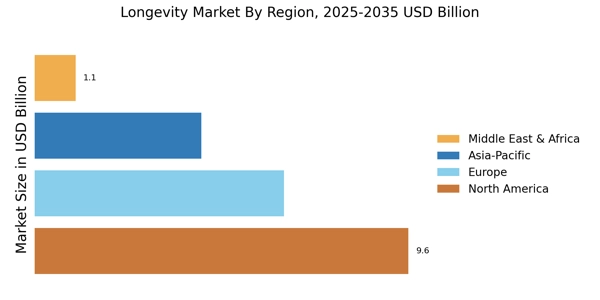
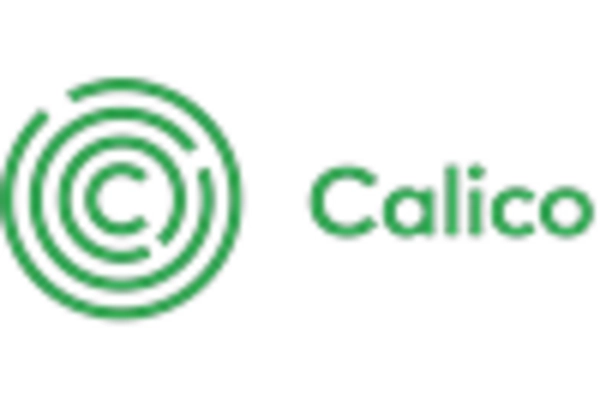
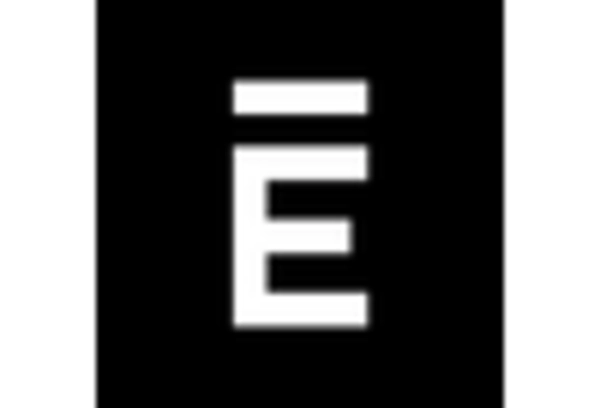


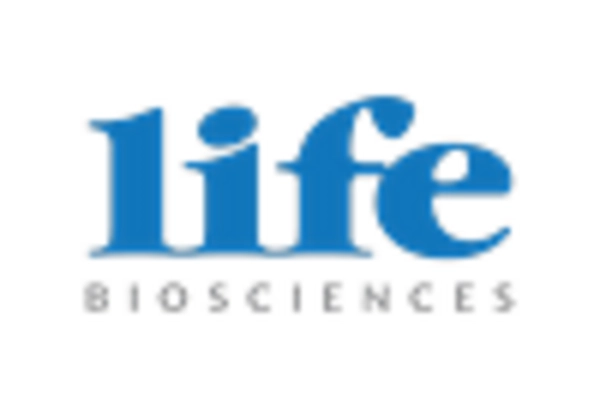
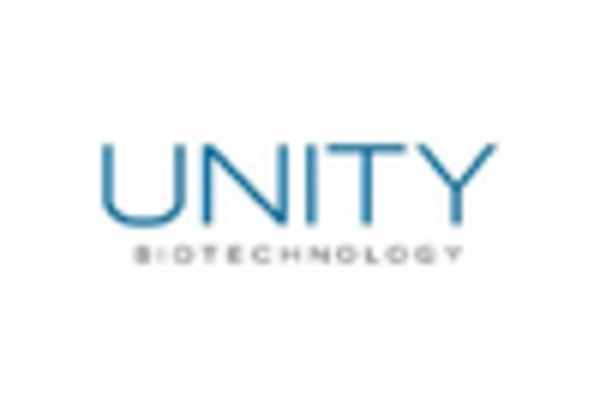








Leave a Comment